Can you use CPF for private property in Singapore? This is a question that many Singaporeans ask themselves when considering buying a private property. CPF, or Central Provident Fund, is a mandatory social security savings scheme in Singapore. It is used to fund retirement, healthcare, and housing needs. Many Singaporeans wonder if they can tap into their CPF savings to buy private property, and if so, what are the eligibility criteria and financial implications?

Understanding CPF and its use in property purchase is key to answering this question. CPF savings can be used to buy a property in Singapore, including private properties. However, there are certain conditions and limits that apply. For example, you can only use your Ordinary Account (OA) savings to buy a property, and the amount you can use depends on your age, the remaining lease of the property, and other factors. Additionally, you need to meet certain eligibility criteria to use your CPF savings for private property purchase.
Key Takeaways
- CPF savings can be used to buy private property in Singapore, but there are certain conditions and limits that apply.
- To use CPF savings for private property purchase, you need to meet eligibility criteria, such as having a remaining lease of at least 30 years.
- Maximising CPF usage for private property purchase requires careful planning and management of your CPF funds, as well as consideration of home protection schemes and post-purchase considerations.
Understanding CPF and Its Use in Property Purchase
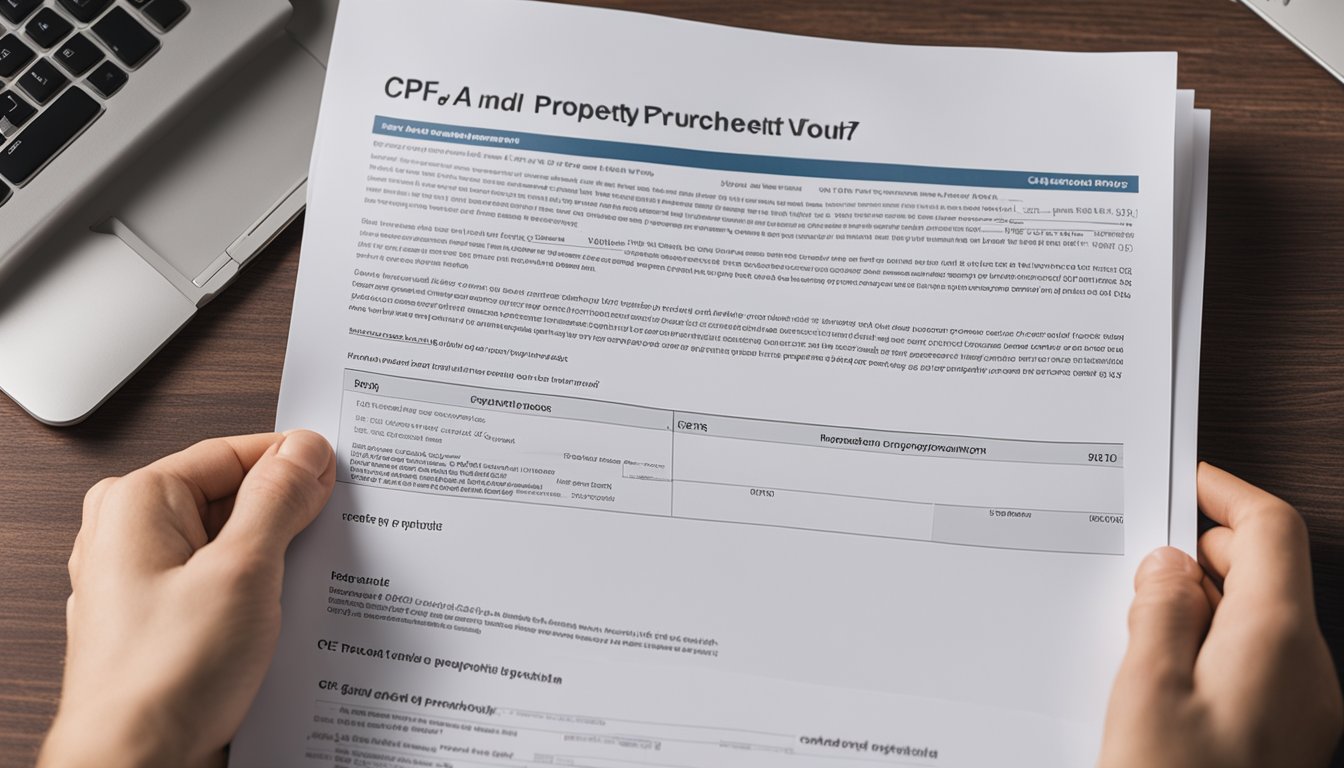
Overview of CPF in Singapore
The Central Provident Fund (CPF) is a compulsory savings scheme in Singapore. It is a social security savings plan that helps Singaporeans save for their retirement, healthcare, and housing needs. The CPF is managed by the CPF Board, and it is funded by contributions from employers and employees.
CPF Accounts and Their Purposes
There are three types of CPF accounts: Ordinary Account (OA), Special Account (SA), and Medisave Account (MA). Each account has its own purpose, and you can use the funds in these accounts for different purposes.
The Ordinary Account (OA) is mainly for housing, education, and investment purposes. The funds in the OA can be used to pay for your housing needs, such as purchasing a HDB flat or private property. You can also use the funds in the OA to pay for your children’s education and invest in stocks, shares, and unit trusts.
The Special Account (SA) is mainly for your retirement needs. The funds in the SA are invested in special instruments that provide higher returns than the OA. You can only withdraw the funds in the SA when you reach your retirement age.
The Medisave Account (MA) is mainly for your healthcare needs. The funds in the MA can be used to pay for your hospitalization, surgery, and other medical expenses.
CPF Usage for Housing
You can use your CPF savings to purchase a private property in Singapore. The amount of CPF savings you can use depends on the remaining lease of the property and your age. You can use the CPF Usage Calculator to find out how much CPF you can use to purchase a private property.
You can use your CPF savings to pay for the downpayment, stamp duty, and monthly mortgage payments of your private property. However, you cannot use your CPF savings to pay for the monthly maintenance fees and property taxes of your private property.
It is important to note that the CPF monies you have used in purchasing the property must be paid back along with the accrued interest (2.5% p.a.) upon the sale of that property. So, it is important to plan your finances carefully before using your CPF savings to purchase a private property in Singapore.
Overall, CPF is an excellent scheme that helps Singaporeans save for their retirement, healthcare, and housing needs. By understanding the different CPF accounts and their purposes, you can make the most of your CPF savings and achieve your financial goals.
Eligibility Criteria for Using CPF for Private Property
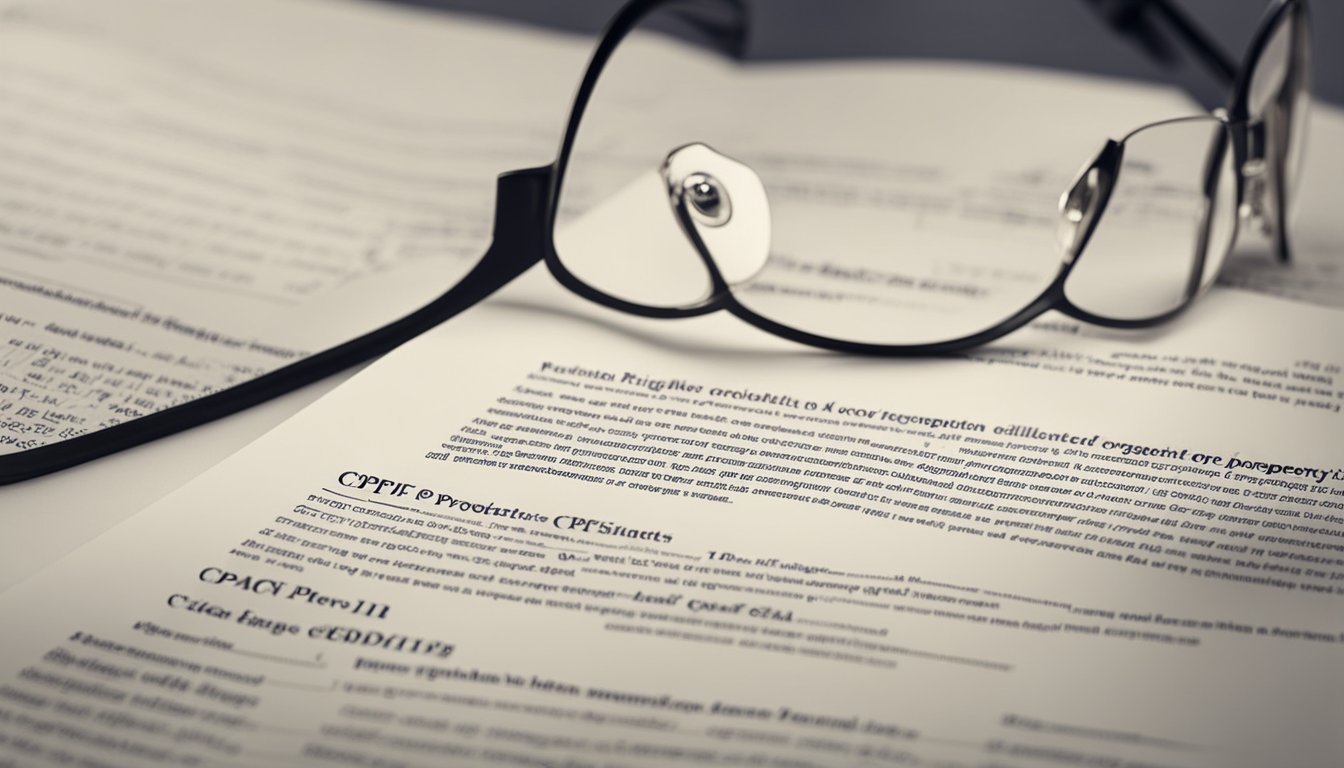
If you are a Singaporean looking to purchase a private property, you may be wondering if you can use your CPF savings to help finance your purchase. The answer is yes, but there are certain eligibility criteria that you must meet. In this section, we will go over the age requirements, Basic Retirement Sum (BRS) considerations, property valuation, and remaining lease that you need to know.
Age Requirements
To use your CPF savings for a private property purchase, you must be at least 21 years old. Additionally, if you are below 55 years old, you must have set aside the full BRS in your Retirement Account (RA) or the equivalent Full Retirement Sum (FRS) if you were born in 1979 or later. If you are 55 years old or above, you must have a sufficient amount of CPF savings in your RA to cover the shortfall between the CPF withdrawal limit and the purchase price of the property.
Basic Retirement Sum (BRS) Considerations
The BRS is the minimum sum that you need to set aside in your RA to enjoy a basic monthly payout from your CPF LIFE annuity. The BRS is updated annually and is currently set at $93,000 for those who turn 55 in 2024. If you have not met the BRS, you can still use your CPF savings to pay for your private property, but you will need to set aside the shortfall in your RA before you turn 55.
Property Valuation and Remaining Lease
You can use your CPF savings to pay for the purchase price of your private property, subject to the Valuation Limit and the remaining lease of the property. The Valuation Limit is the lower of the purchase price or the value of the property at the time of purchase. The remaining lease of the property must also be at least 20 years at the point of purchase.
In summary, to use your CPF savings for a private property purchase, you must be at least 21 years old, have met the BRS if you are below 55 years old, and ensure that the Valuation Limit and remaining lease of the property meet the eligibility criteria. With these requirements met, you can use your CPF savings to finance your private property purchase and take a step towards owning your dream home.
Financial Aspects of Buying Private Property with CPF
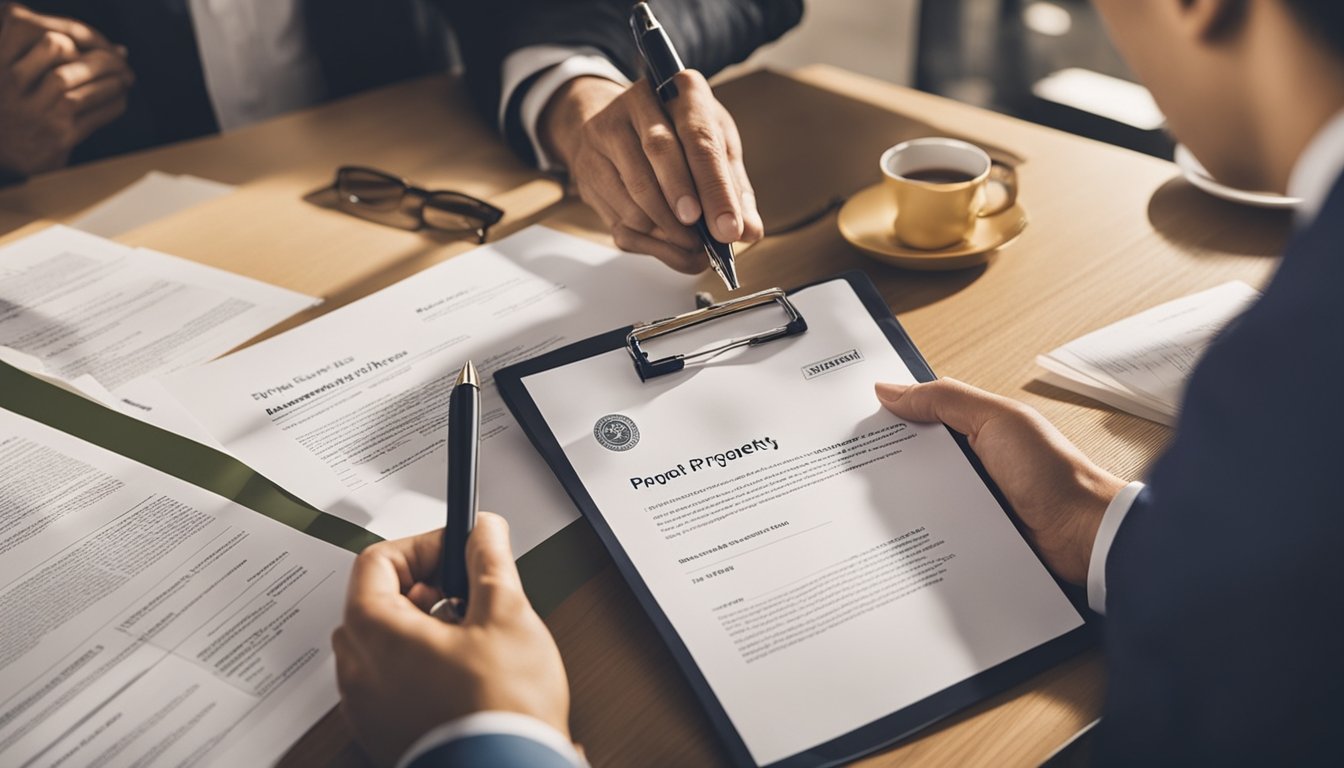
When buying a private property in Singapore, you can use your CPF savings to fund your purchase. However, there are several financial aspects to consider before making your decision.
Downpayment and Stamp Duty
One of the main financial aspects to consider when using your CPF savings to purchase a private property is the downpayment and stamp duty. You can use your CPF savings to pay for the downpayment of your private property, which is typically 25% of the purchase price. However, you cannot use your CPF savings to pay for the Additional Buyer’s Stamp Duty (ABSD), which is an additional tax on top of the Buyer’s Stamp Duty (BSD) that you have to pay when purchasing a private property.
Loan Options: HDB vs Bank Loans
When it comes to financing your private property purchase, you have two loan options: HDB loans and bank loans. HDB loans are only available for the purchase of HDB flats, while bank loans can be used to finance the purchase of both HDB flats and private properties.
If you choose to take out a bank loan, you can use your CPF savings to service your monthly mortgage repayments. However, the amount of CPF savings that you can use is subject to a CPF Withdrawal Limit, which is the maximum amount of CPF savings that you can use to pay for your monthly mortgage repayments.
Legal Fees and Other Costs
In addition to the downpayment, stamp duty, and housing loan, there are other costs associated with purchasing a private property, such as legal fees and other miscellaneous costs. You can use your CPF savings to pay for these costs, but you need to ensure that you have enough CPF savings to cover them.
It is important to note that the amount of CPF savings that you can use to purchase a private property is subject to certain conditions and limits. For example, the purchase price of the property must not exceed the Valuation Limit, which is the maximum amount that CPF will allow you to use for the purchase of a property. Additionally, the amount of CPF savings that you can use for the purchase of a private property is subject to the CPF Withdrawal Limit.
Overall, using your CPF savings to purchase a private property can be a viable option if you are able to meet the financial requirements and conditions set by CPF. It is important to carefully consider all the financial aspects before making your decision and seek professional advice if necessary.
Maximising CPF Usage for Private Property Purchase

If you are planning to purchase a private property in Singapore, you can use your CPF savings to finance it. However, there are certain rules and limits that you need to be aware of to maximise your CPF usage. In this section, we will explore some of the key factors that can affect your CPF usage for private property purchase.
CPF Withdrawal Limits and Valuation Limit
The amount of CPF savings that you can use for your property purchase depends on the remaining lease of the property and the Valuation Limit. The Valuation Limit is the lower of the purchase price or the value of the property at the time of purchase. You can use your CPF savings up to the Valuation Limit and the CPF Withdrawal Limit.
The CPF Withdrawal Limit is the maximum amount of CPF savings that you can use for your property purchase. It is calculated based on the remaining lease of the property and the age of the youngest buyer. You can use the CPF Housing Usage Calculator on the CPF website to estimate the amount of CPF savings that you can use for your property purchase.
Accrued Interest and Its Impact
When you use your CPF savings for your property purchase, you will need to pay back the amount used plus accrued interest. The accrued interest is the interest that would have been earned on the CPF savings if they had not been withdrawn. The accrued interest is charged at the prevailing CPF Ordinary Account interest rate.
The impact of accrued interest on your CPF savings can be significant over the long term. Therefore, it is important to consider the impact of accrued interest when deciding how much CPF savings to use for your property purchase.
Co-owners and CPF Balances
If you are purchasing a property with co-owners, you can combine your CPF savings to finance the property. However, the CPF Withdrawal Limit and Valuation Limit will be based on the age of the youngest buyer among the co-owners. Each co-owner’s CPF balance will also be taken into account when calculating the CPF savings that can be used for the property purchase.
In conclusion, maximising your CPF usage for private property purchase requires careful planning and consideration of various factors. By understanding the CPF Withdrawal Limits and Valuation Limit, the impact of accrued interest, and the role of co-owners and CPF balances, you can make informed decisions about how to finance your property purchase using CPF savings.
Home Protection Schemes and CPF
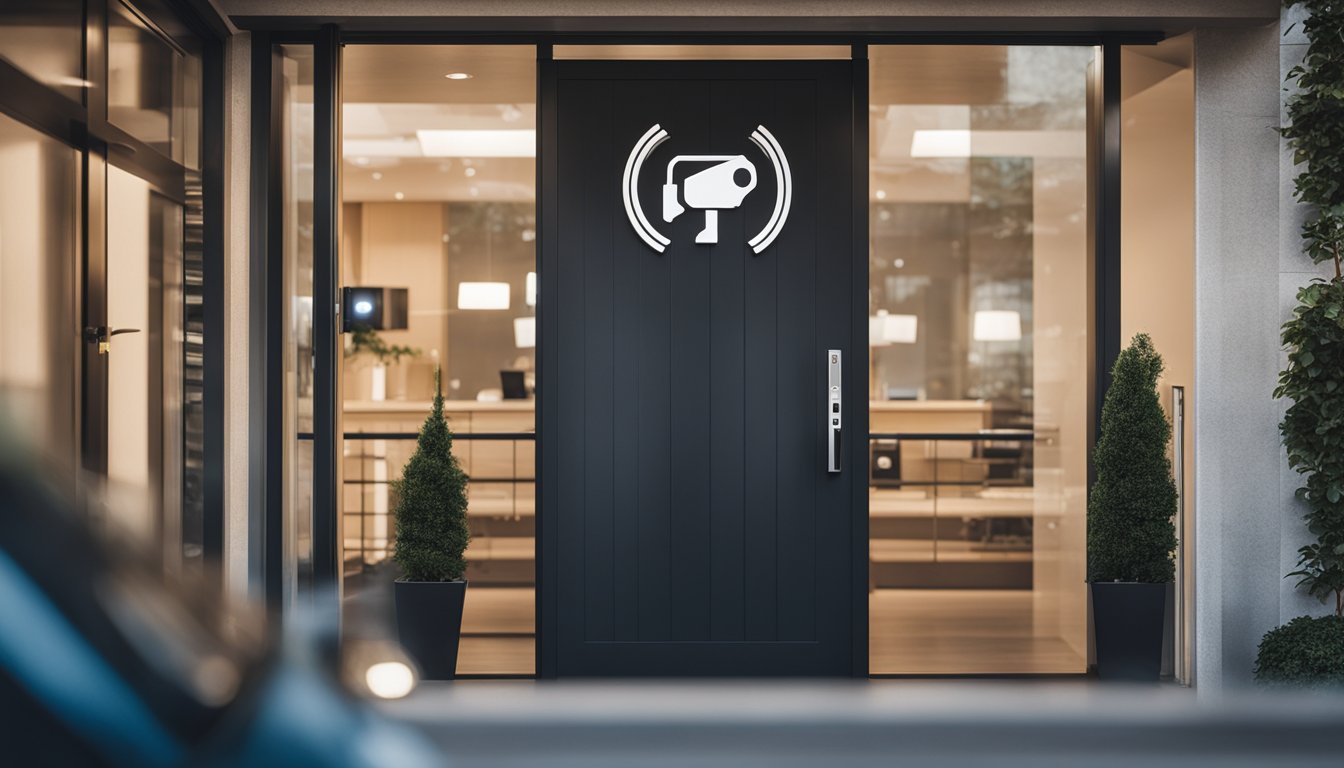
If you are planning to buy a private property in Singapore, you might be wondering if you can use your CPF savings to pay for it. The answer is yes, but there are certain conditions that you need to meet. In this section, we will discuss the Home Protection Scheme (HPS) and how it relates to CPF.
Home Protection Scheme (HPS) Explained
The Home Protection Scheme (HPS) is a mortgage-reducing insurance scheme that provides protection for HDB flat owners and their families in the event of death, terminal illness or total permanent disability. If you have an outstanding housing loan with HDB, it is mandatory for you to be insured under HPS. The insurance premium is paid using your CPF Ordinary Account (OA) savings.
However, if you are buying a private property, HPS is not mandatory. You can choose to purchase a private mortgage insurance policy instead. Private mortgage insurance policies are offered by various insurance companies in Singapore, and the premiums can be paid using your CPF OA savings.
Insurance Premiums and CPF
Whether you are buying an HDB flat or a private property, you can use your CPF OA savings to pay for the insurance premiums. The premiums can be paid in one lump sum or on a monthly basis. It is important to note that the premiums paid using your CPF OA savings will reduce the amount of CPF savings available for other purposes, such as retirement, healthcare and education.
In conclusion, if you are buying a private property in Singapore, you can use your CPF savings to pay for the insurance premiums. However, HPS is not mandatory for private properties, and you can choose to purchase a private mortgage insurance policy instead. Make sure to do your research and compare the different insurance policies available to find the one that best suits your needs and budget.
Managing CPF Funds for Retirement When Buying Private Property

If you are considering using your CPF savings to buy a private property in Singapore, it is essential to manage your funds wisely to ensure that you have enough for retirement. Here are some tips to help you balance your property investment and retirement planning.
Retirement Account (RA) and CPF Savings
When you use your CPF savings to buy a private property, a portion of your Retirement Account (RA) savings will be used to meet the Full Retirement Sum (FRS) requirement. The FRS is the amount of money you need to set aside in your RA to receive a monthly payout during retirement.
It is important to note that the amount you set aside for the FRS will not be available for withdrawal until you reach the payout eligibility age. Therefore, you should plan your finances carefully to ensure that you have enough savings to meet your retirement needs.
Balancing Property Investment and Retirement Planning
When buying a private property using your CPF savings, it is essential to balance your property investment and retirement planning. You should consider the following factors:
- Your age: The younger you are, the more time you have to save for retirement. Therefore, you may be able to afford to allocate more funds towards your property investment.
- Your retirement needs: You should estimate your retirement expenses and plan your finances accordingly. You should also consider the impact of inflation on your retirement income.
- Your property investment: You should consider the potential returns on your property investment and the risks involved. You should also factor in the costs of maintaining your property and any rental income you may receive.
By managing your CPF savings carefully and balancing your property investment and retirement planning, you can enjoy the benefits of owning a private property in Singapore while ensuring that you have enough savings for retirement.
Life Events and CPF: Implications for Property Owners
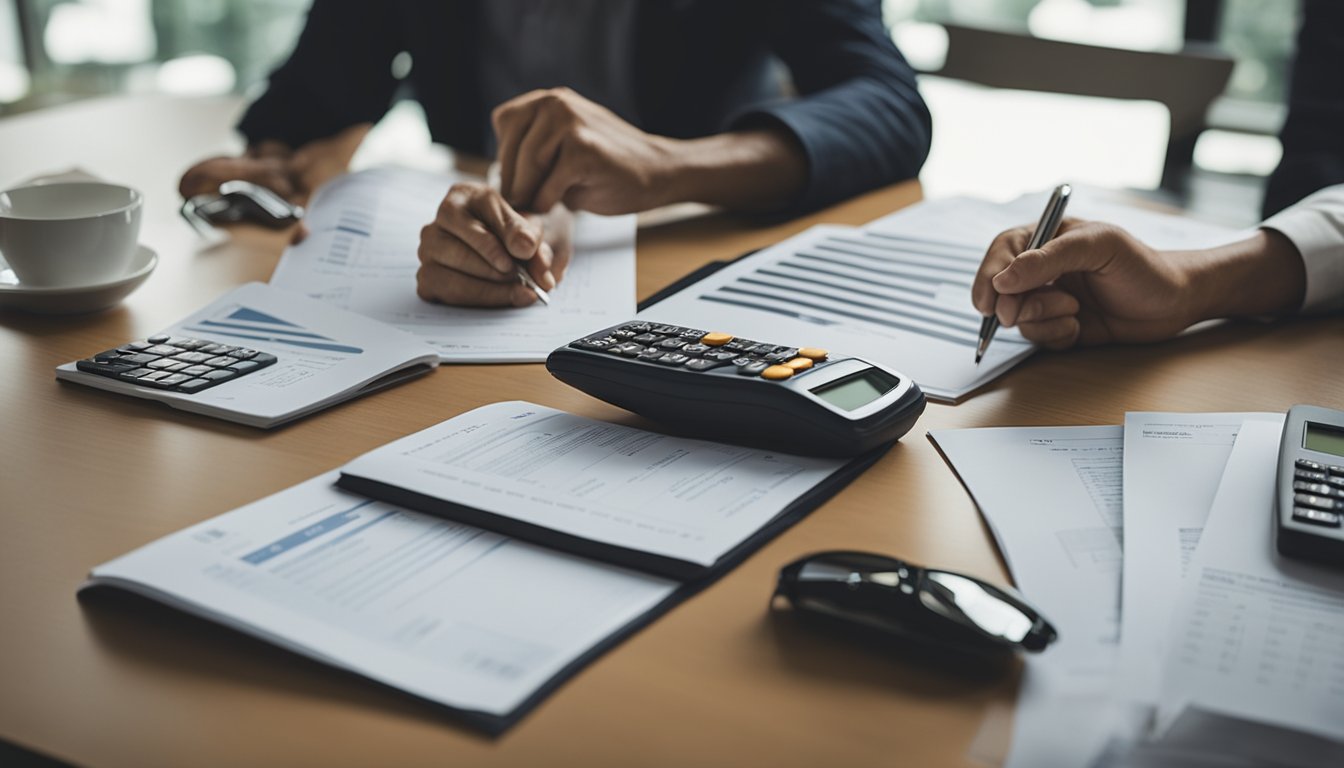
As a property owner in Singapore, it is important to understand how life events can impact your CPF savings and their implications for your property ownership. In this section, we will discuss the impact of terminal illness and death on CPF, as well as CPF lump sum withdrawals.
Impact of Terminal Illness and Death on CPF
If you are diagnosed with a terminal illness, you may be eligible to withdraw your CPF savings in full. This can be done through the CPF Board’s Medical Grounds Scheme. You will need to provide medical evidence from a registered medical practitioner to support your application.
In the event of your death, your CPF savings will be distributed to your nominees or estate according to the Intestate Succession Act or your will. If you do not have a will, your CPF savings will be distributed according to the intestacy laws. It is important to ensure that you have made a valid will and updated your CPF nomination regularly to ensure that your CPF savings are distributed according to your wishes.
CPF Lump Sum Withdrawals
As a property owner, you may be eligible to make CPF lump sum withdrawals for various purposes such as paying for your property, servicing your mortgage, and repaying your loan instalments for land purchase and/or construction costs of your residential property. However, it is important to note that CPF savings are meant for your retirement needs, and using them for other purposes will reduce your retirement savings.
You can use the CPF Usage Calculator to find out how much CPF you can use by keying in your age and the remaining lease of the property you intend to purchase. It is important to ensure that the remaining lease of the property can cover the youngest buyer to age 95, otherwise CPF usage will be pro-rated.
In conclusion, as a property owner in Singapore, it is important to understand how life events can impact your CPF savings and their implications for your property ownership. It is also important to use your CPF savings wisely and ensure that you have made a valid will and updated your CPF nomination regularly.
Post-Purchase Considerations: CPF and Property Ownership

Congratulations on purchasing your private property using your CPF funds! Now that you own a property, it’s important to understand how CPF funds can be used in post-purchase considerations.
Loan Repayment and CPF Funds
If you have taken out a housing loan to finance your property purchase, you can use your CPF Ordinary Account (OA) savings to make monthly loan repayments. However, do note that the monthly repayment amount cannot exceed your monthly CPF OA contribution.
Refinancing and CPF
If you decide to refinance your housing loan, you can use your CPF OA savings to pay for the refinancing fees and stamp duties. You can also use your CPF OA savings to pay for the monthly loan repayments for the refinanced loan.
Selling the Property and Handling CPF
If you decide to sell your property, you will need to repay any outstanding housing loan using the cash proceeds from the sale. Any CPF funds used for the property purchase, including the accrued interest, will also need to be returned to your CPF accounts.
It’s important to note that if you have used your CPF OA savings to pay for the property purchase, the amount used will be deducted from your CPF Minimum Sum. This means that you will need to top up your CPF accounts to meet the Minimum Sum requirement before you can withdraw any CPF funds for retirement.
In summary, understanding how CPF funds can be used in post-purchase considerations is crucial for private property owners. By using your CPF OA savings wisely, you can manage your housing loan repayments, refinance your loan, and handle the sale of your property smoothly.
Frequently Asked Questions

What’s the maximum CPF contribution I can make towards my condo’s monthly instalment?
You can use your CPF to pay for your private property purchase in four ways, one of which is servicing monthly repayments of your private property mortgage. The amount of CPF contribution you can make towards your condo’s monthly instalment is subject to the Valuation Limit (VL) and Withdrawal Limit (WL). The VL is the maximum amount of CPF savings you can use for a property, while the WL is the maximum amount of CPF savings you can withdraw for property investments.
How do I navigate the CPF downpayment requirements for a private property purchase?
To purchase a private property, you need to make a downpayment of at least 5% of the purchase price in cash and/or CPF savings. The remaining amount can be paid using a housing loan. If you are using your CPF savings to pay for the downpayment, you need to ensure that you have sufficient funds in your Ordinary Account (OA) to cover it. Alternatively, you can use your OA savings to service your monthly housing loan instalments.
Am I eligible to utilise my CPF to acquire an HDB flat after reaching the age of 55?
Yes, you are eligible to use your CPF to acquire an HDB flat after reaching the age of 55. However, the amount of CPF savings you can use will depend on your age, the remaining lease of the flat, and the CPF Retirement Account (RA) Minimum Sum. If you have not met the RA Minimum Sum, you will need to set aside a portion of your CPF savings to meet it before you can use the remaining amount for your HDB flat purchase.
What are the implications of tapping into my CPF for housing needs post-55?
Tapping into your CPF savings for housing needs post-55 can have implications on your retirement savings. The amount of CPF savings you can use for housing after 55 will depend on your age, the remaining lease of the property, and the CPF RA Minimum Sum. If you use your CPF savings for housing, you may have less retirement savings and a lower monthly payout from your CPF LIFE.
Is there a cap on how much of my CPF funds I can withdraw for property investments?
Yes, there is a cap on how much of your CPF funds you can withdraw for property investments. The Withdrawal Limit (WL) is the maximum amount of CPF savings you can withdraw for property investments, including the purchase of private property. The WL is currently set at the Valuation Limit (VL), which is the maximum amount of CPF savings you can use for a property.
Can my CPF Retirement Account be a financial source for purchasing my second property?
No, your CPF Retirement Account (RA) cannot be a financial source for purchasing your second property. Your RA savings are meant to provide you with a monthly payout from your CPF LIFE when you reach your payout eligibility age. However, you can use your Ordinary Account (OA) savings to service your monthly housing loan instalments for your second property.

